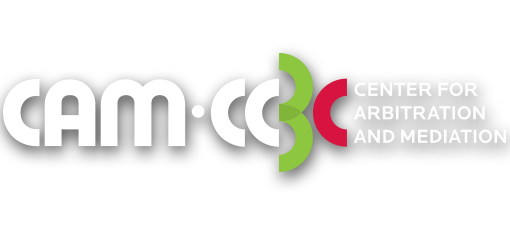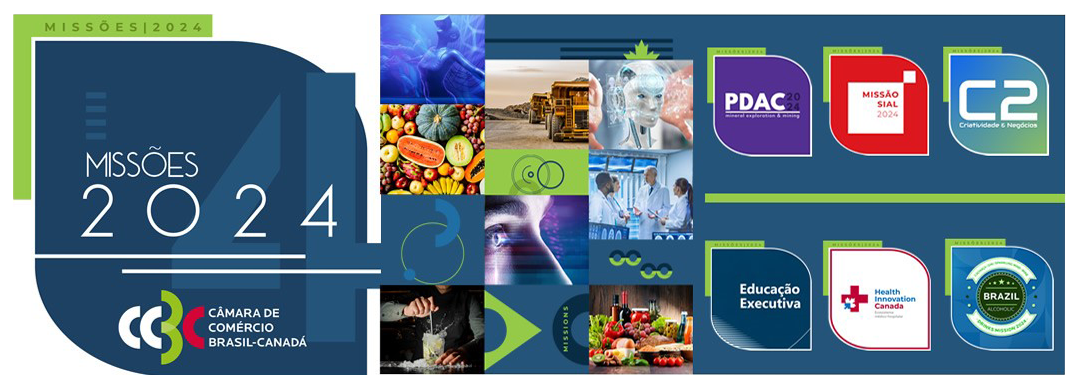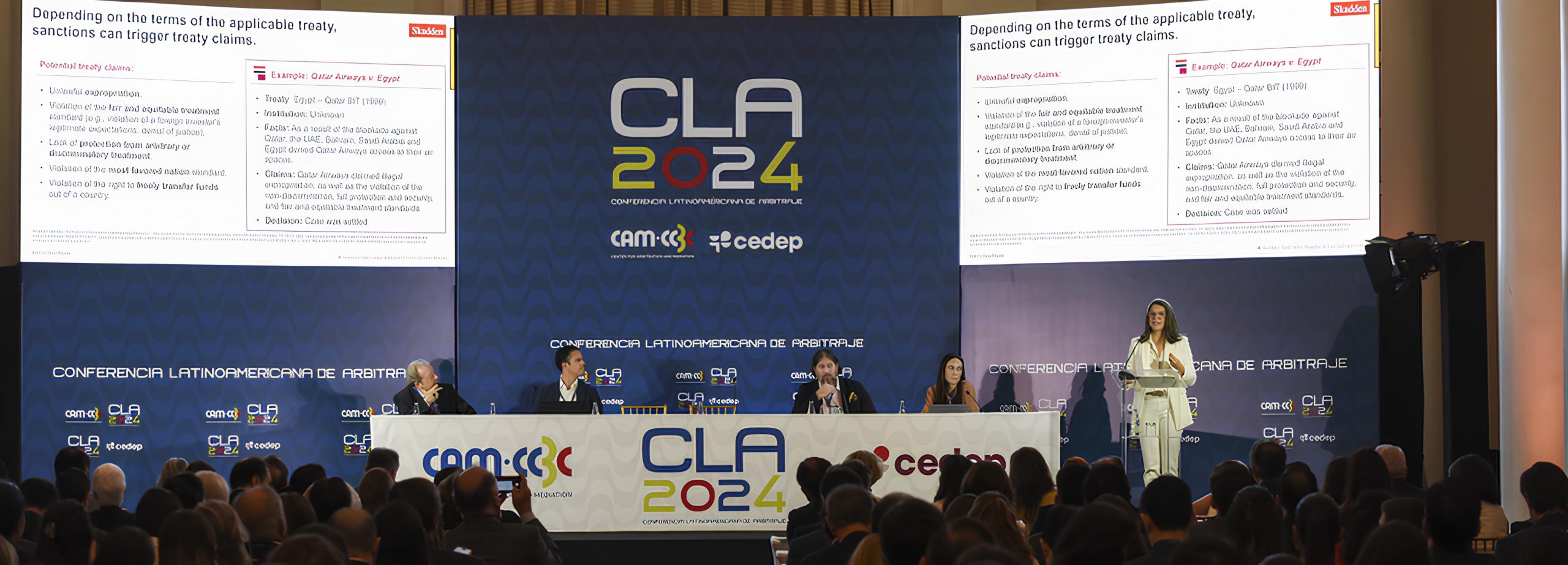Segment stands out in the foreign trade agenda between Brazil and Canada, but the activity’s expansion still depends on regulatory adjustments. PDAC’s convention may enable new business for the area
By Sérgio Siscaro
The mining sector is one of the main pillars of bilateral trade between Brazil and Canada. Despite the economic uncertainties arising from the impact of the spread of the new coronavirus, the segment remained active in 2020, and managed to increase its share in the trade balance between the two countries.
According to data from the Quick Market Facts survey, prepared by Chamber of Commerce Brazil-Canada (CCBC) and based on information from the Brazilian trade balance, Brazil’s total mineral sales to Canada, in 2020, reached US$ (FOB) 3.048 billion, which represents 72% of Brazil’s total exports to Canada in 2020, which amounted to US$ (FOB) 4.235 billion. The main products were gold, calcined alumina, and the category that brings together cast iron, iron, and steel.
Moreover, the sector is still proving to be an interesting investment option for Canadian companies. An important step in this direction was taken in March of last year, when Instituto Brasileiro de Mineração (Ibram) (Brazilian Mining Institute) signed a memorandum of understanding with Toronto Stock Exchange (TSX) and TSX Venture Exchange (TSXV), aiming at increasing investments by Canadian mining companies in the coming years, and the greater participation of Brazilian companies in the Canadian capital market.
Regulatory Issues
However, there are still points that must be adjusted to allow for further growth of the segment. According to the coordinator of CCBC Mining Committee, Wilson Antônio Borges, this is a consequence of the fact that the country still offers many expansion opportunities for the activity. “Brazil is a country that has strong mineral vocation. However, if we were to consider all the land available for mineral research, except for the Amazon and indigenous lands, only half of it is explored for mineral activity. The remaining 50%, managed by Agência Nacional de Mineração (ANM) (National Mining Agency), represents the exploration potential. And they are not because of regulatory issues and excessive bureaucracy”, he says. He points out that the mining activity is currently responsible for about 4% of the Brazilian Gross Domestic Product (GDP).
According to Borges, who also chairs Câmara Setorial da Mineração (Casmin) (Mining Sector Chamber) of Federação das Indústrias do Estado de Goiás (Fieg) (Federation of Industries of the State of Goiás) and is responsible for the institutional relations area of the mining company Lundin, it is precisely this regulatory part that scares possible new investors, who would perceive it as a factor of legal insecurity. “This may lead to the redirection of these new operations to other countries”, he ponders.
In an attempt of changing this situation, Borges says that CCBC Mining Committee will work in conjunction with other entities of the segment, to discuss an agenda of priorities focused on the area, in order to sensitize the authorities with technical arguments. “We will have this agenda prepared in the coming weeks. This is important so that we stop talking only among ourselves. We have to communicate with society in general”, he highlights.
Virtual PDAC
The expansion of mineral exports from Brazil to Canada and the prospect of new investments in the segment have received a new boost with the 89th edition of the annual event of the Prospectors & Developers Association of Canada (PDAC), which brought together investors, analysts, industry executives and government representatives, among other audiences. It was a unique opportunity for participants to establish contacts, learn about trends, and do business. But this time, with a difference: this year the event was held entirely online, due to the restrictions brought on by the pandemic.
The convention took place between March 8 and 11, and in its presentations, it addressed various topics related to the mining universe, such as investments, capital market, exploration prospects, global trends, relations with indigenous communities, and the impacts and challenges brought about by Covid-19, among other issues. “The event is a very positive occasion for the sector, and CCBC’s Mining Commission will certainly have a positive participation again”, said Borges, a few days before the event.
More information about the PDAC event can be found at https://www.pdac.ca/convention.





